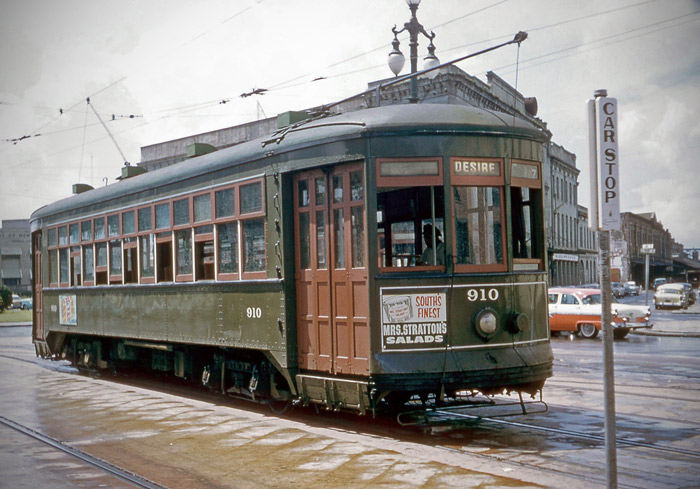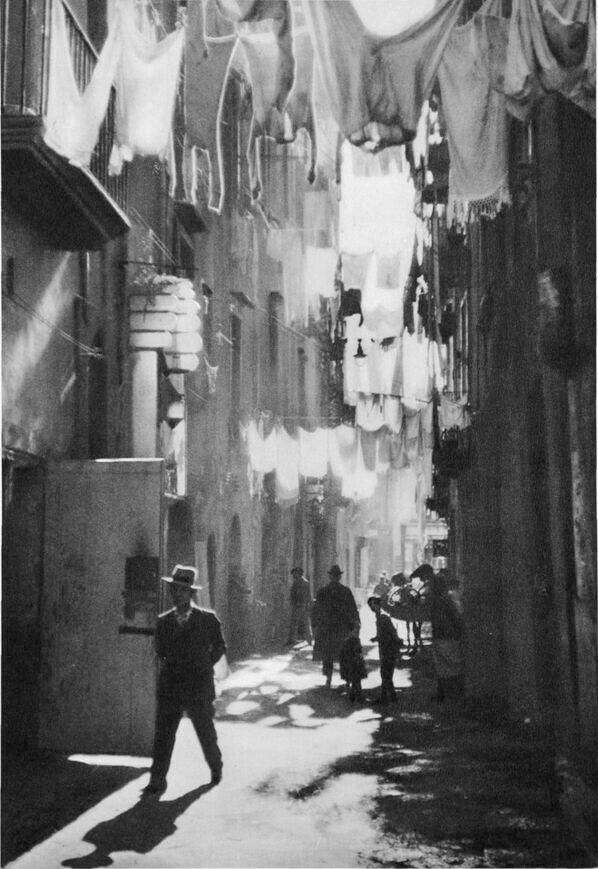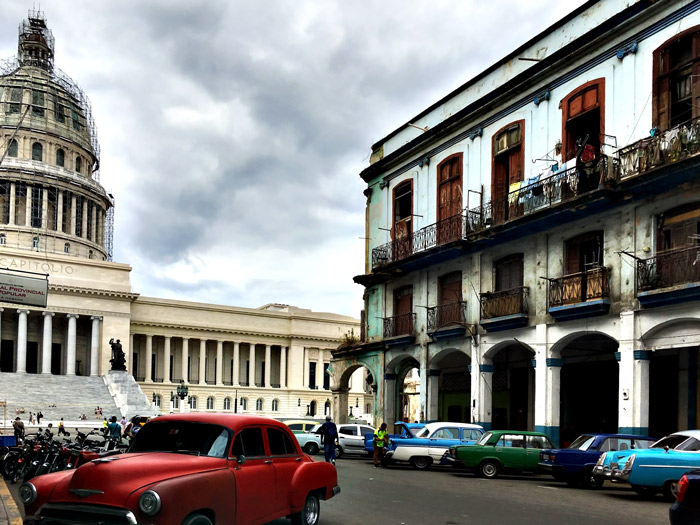Monday in Napoli
Mar 12, 2018
Mar 12, 2018
Mar 15, 2018
 This is the only baseball we saw in Havana, in a dead end cul de sac with boarded-up windows and no cars parked or passing through. Everywhere else we went in this big, densely populated city, airborne baseballs would not have been appreciated.
This is the only baseball we saw in Havana, in a dead end cul de sac with boarded-up windows and no cars parked or passing through. Everywhere else we went in this big, densely populated city, airborne baseballs would not have been appreciated.
At least in part for this reason, soccer is more popular than baseball among children playing in city streets and sidewalks, and European and Latin American soccer is widely followed. But baseball has been played professionally in Cuba since the 1870s, long before the United States was ever involved in the country. Even back then, we're told, baseball had an anticolonial significance, played in lieu of sports such as bullfighting imported from Spain.
Castro famously encouraged baseball as a source of revolutionary and nationalistic pride. In recent years, Cuban baseball teams have played exhibition games against U.S. major league teams, and the Cubans win about half the time.
Mar 18, 2018
Mar 24, 2018
 By 1957, when this picture was taken, New Orleans was no longer running streetcars out to Desire. If Desire was where you wanted to go, you'd have to take a bus, and that's how things had been for almost a decade.
By 1957, when this picture was taken, New Orleans was no longer running streetcars out to Desire. If Desire was where you wanted to go, you'd have to take a bus, and that's how things had been for almost a decade.
But in mid-June of 1957, a college student named William D. Volkmer found himself in New Orleans for a brief stopover en route to ROTC summer camp. His goal for the visit: to find a streetcar named Desire:
I approached the operators on their break at the foot of the Canal Ferry loop and asked them if they could roll the destination sign to "Desire" to allow me a photo shoot. The first three or four cars only contained signs for the two remaining streetcar lines, Canal and St. Charles. Then on about the fifth try, bingo. Car 910's signs still had the full complement of abandoned streetcar lines, so the kindly motorman set it for Desire and continued on his rest break until I had completed my photographic endeavor.
Mar 26, 2018

Quarteri Spagnoli, 1929.
Mar 30, 2018
Apr 4, 2018
 About two weeks after this photo was taken, the Cuban national capitol building reopened following an eight-year renovation project.
About two weeks after this photo was taken, the Cuban national capitol building reopened following an eight-year renovation project.
The building, completed in 1929–during an era when Cuban dictators were, let's say, sucking up to the American governmen–is an exact replica of the U.S. Capitol and was used for the national congress. After the revolution, Castro repurposed it as an office building, most recently for the Ministry of Science and Technology.
El Capitolio will return to its original use April 12, when the Cuban national assembly convenes in the building to choose a new president. For the first time since the revolution, nobody named Castro will be in the running.
Apr 6, 2018
 Next to Tokyo''s famed neon nightclub district is Golden Gai, which we're told is the old nightlife neighborhood, packed with tiny dive bars, many of them up steep stairs from the street.
Next to Tokyo''s famed neon nightclub district is Golden Gai, which we're told is the old nightlife neighborhood, packed with tiny dive bars, many of them up steep stairs from the street.
Somehow, Golden Gai escaped the urban renewal boom that destroyed almost all of old-timey Tokyo. These two staircases lead to two different bars. A patron with a furled umbrella descends from one of them.
Apr 23, 2018
Cine Fenix in Havana was once a 600-seat movie palace; since the revolution, it has been divided into apartments for ten families.